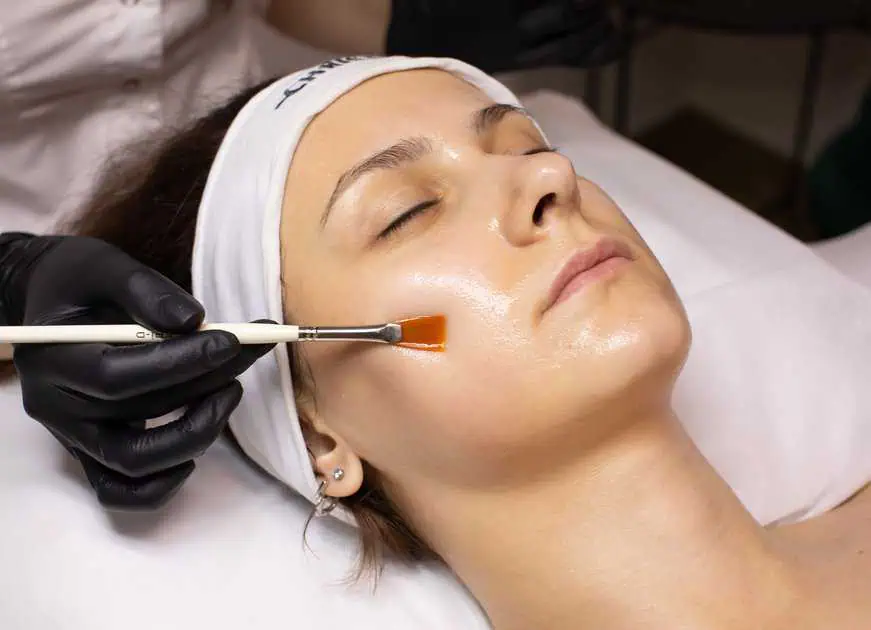

In recent years, dermal fillers have become an increasingly popular cosmetic treatment option for those seeking to enhance their facial features or reduce the signs of aging. Dermal fillers are injectable substances used to add volume, smooth out wrinkles, and improve the skin’s overall appearance. With so many different dermal fillers available, knowing which one is right for you can be challenging.
This article aims to provide a synopsis of what dermal fillers are, the different types available, their benefits, and the potential side effects that patients should be aware of. By the end of this article, you’ll better understand what dermal fillers are and what to expect if you’re considering undergoing treatment.
Dermal fillers are injectable substances used to enhance the appearance of the skin by adding volume, smoothing out wrinkles, and improving facial contours. They are made up of various materials that can be naturally occurring or synthetic. They are injected beneath the skin’s surface to fill areas that have lost volume due to aging, weight loss, or other factors.
They are a non-invasive alternative to surgical procedures such as facelifts and can provide similar results with less downtime and risk. They can be used to enhance various facial features, including the cheeks, lips, and under-eye area, and can be customized to suit each patient’s unique needs and goals.
Various types of dermal fillers are available, each with its unique properties and benefits. The most commonly used dermal fillers include hyaluronic acid fillers, calcium hydroxylapatite fillers, poly-L-lactic acid fillers, and polymethylmethacrylate fillers.
Dermal fillers offer a range of benefits for those seeking to enhance their appearance and combat the signs of aging. Some of the most significant benefits of dermal fillers include adding volume to the skin, reducing the appearance of fine lines and wrinkles, and improving overall skin texture and tone.
One of the primary benefits of dermal fillers is their ability to add volume to areas of the face that have lost fullness over time. This can help to restore a more youthful appearance and improve the overall contour of the face. Fillers can enhance features such as the cheeks, lips, and under-eye area and can be customized to suit each patient’s unique needs and goals.
Dermal fillers are also highly effective at reducing the appearance of fine lines and wrinkles. By filling in areas that have lost volume, fillers can help to smooth out wrinkles and provide a more youthful appearance. This can be especially effective for those seeking to reduce the appearance of nasolabial folds, marionette lines, and other common signs of aging.
In addition to adding volume and reducing the appearance of wrinkles, dermal fillers can also help to improve overall skin texture and tone. By stimulating the production of collagen and other beneficial substances, fillers can help improve the skin’s elasticity and firmness, resulting in a smoother, more youthful appearance.
Like any cosmetic treatment, dermal fillers come with a risk of potential side effects. While dermal fillers are generally safe, patients should know the potential risks before treatment.
Before undergoing dermal filler treatment, patients should take specific steps to prepare for the procedure and minimize the risk of potential side effects.
If you’re considering dermal filler treatment, choose a trusted and experienced practitioner who can help you achieve desired results. At The Cosmetic Clinic, we are dedicated to providing our patients with safe and effective dermal filler treatments tailored to their needs and goals.
Our team of highly qualified practitioners has extensive experience administering a wide range of dermal fillers. We use only the highest quality products to ensure the best possible results. We also prioritize patient safety and comfort, and we take great care to minimize the risk of potential side effects.
To learn more about our dermal filler treatments and how we can help you achieve your aesthetic goals, schedule a consultation with one of our practitioners today. We’ll happily answer any questions and help you develop a personalized treatment plan. Contact us at The Cosmetic Clinic to schedule your consultation today.
Feel free to reach out and ask us anything!